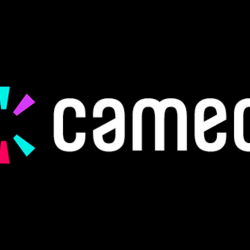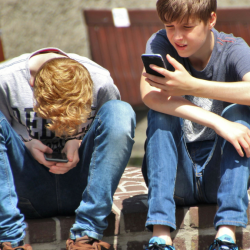How many coffee shops did you pass on your way into work? Probably so many that it’s hard to keep count. With a coffee outlet on almost every street corner, brands need to work hard to stand out. Pret is one brand that’s doing this well. It’s not a business you’d instantly associate with distinctiveness. But something they are doing differently is their subscription model. In 2022, they introduced Club Pret. The basis of this was a monthly payment, which would entitle you to free coffee every day as well as money off anything else. In September, the subscription structure is changing. Rather than free coffee, membership will be cut to just £5 a month, in return for half-price coffees, with the price set to rise to £10 in March. What can behavioural science tell us about the success of these models?
Joining the coffee club
The aim of Club Pret was to entice people back to the coffee scene following Covid-19 lockdowns. Pret suffered a serious blow when offices shut down. In 2020, a £343 million loss forced them to close 28 shops.
Redemption came in the form of a new club for coffee fans. When it first launched, Club Pret membership cost £20 a month, which gave you 5 free coffees a day. Every day. That’s a lot of coffee. It was a tempting offer, and it took off — and the brand credits the club with their return to profit (£51m) that year. A return to the office has forced a change. In September, the price will go down significantly to £5, but gone are the free coffees. You’ll have to pay at the point of purchase, albeit at half price. Will the new model work?
Why do clubs work?
Subscriptions work partly due to a bias called the sunk cost fallacy. This is the belief that after an initial outlay, we must continue spending so that we get our money’s worth. There’s a classic experiment from 1985 that demonstrates this, conducted by Hal Arkes and Catherine Blumer. They asked participants to read the following scenario and then decide which trip they’d take:
‘Assume that you have spent $100 on a ticket for a weekend ski trip to Michigan. Several weeks later, you buy a $50 ticket for a ski trip to Wisconsin. You think you will enjoy the Wisconsin ski trip more than the Michigan ski trip. As you are putting your just-purchased Wisconsin ski trip ticket in your wallet, you notice that the Michigan ski trip and the Wisconsin ski trip are for the same weekend! It’s too late to sell either ticket, and you cannot return either one. You must use one ticket and not the other.‘
So, the money is spent, you can’t get a refund. At this point, it makes logical sense to pick the trip you know you’ll love more. Surely, 100% of people did that? Not so. In fact, 54% chose the more expensive, less enjoyable, Michigan trip, with less than half (46%) choosing fun in Wisconsin.
This is because of the sunk cost fallacy — individuals are driven to pursue the options with the greatest past investment.
The sunk cost effect in action
With Pret’s £5 a month club, the 50% discount means you’ll pay around £1.70 for a coffee. The sunk cost fallacy would suggest that, even if an equally good coffee was available for a slightly better price around the corner, you’ll head to Pret anyway. And this is why up-front payments work. If you can get your customers to commit cash early on, you’re golden. They’ll keep coming back to your brand — even when there are objectively better offerings.
So, think about how you could apply this principle: maybe offer customers a discount on future prices in return for a small fee. That’s the Pret and Uber Eats approach. Or perhaps offer free delivery? That’s what the clothes retailer M&M does for £9.99 a year. The opportunities are wide-ranging.
Will the new club work?
It’ll be tough for this new iteration of Club Pret to show quite the same success as its predecessor. The removal of FREE coffees risks making it feel like a downgrade, even though the subscription price is so much less. At the point of getting your coffee, you’re going to have to get out your wallet or your phone and pay, whereas previously, you didn’t.
However, even if Pret fails, their approach still has lessons for us. After all, there will be many reasons for their success or failure: the competitor reaction, the preceding offer, the price, even chance.
Too often marketers copy all elements of a successful brand and shun all the tactics of the brands that fail. That’s too dramatic. Even the biggest flop can have sensible elements, it’s just that they’re drowned out by other mistakes.
What’s so useful about the Arkes and Blumer study is it isolates one of the positive elements of Pret’s offer. And it’s that concept of up-front payments that brands should look to emulate.
Featured image: the blowup / Unsplash


































